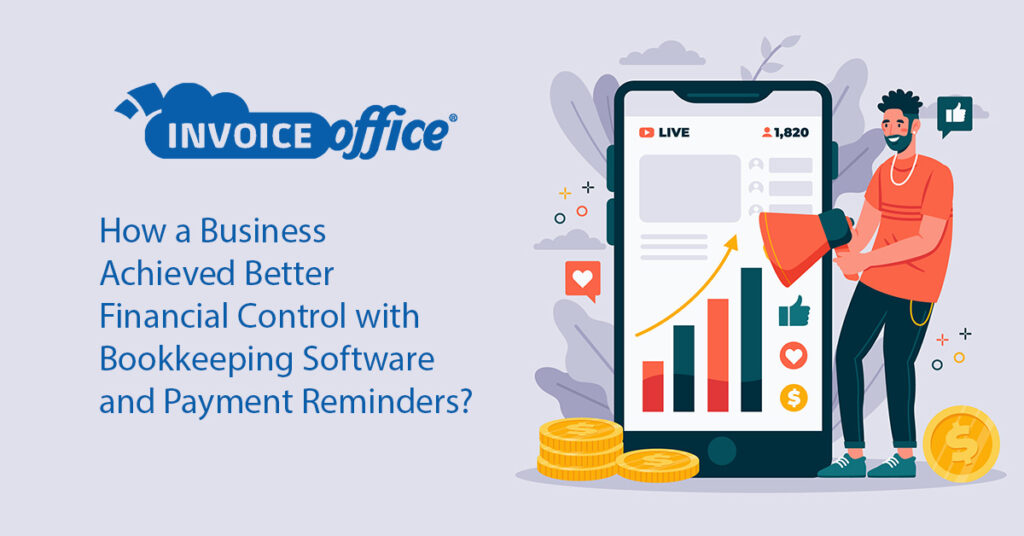In today’s fast-paced business environment, maintaining a clear and concise record of all financial transactions is paramount. It ensures regulatory compliance, facilitates decision-making, and builds stakeholder trust. For one particular business, outdated financial tracking methods were becoming a significant impediment. This is a story of how they transitioned to using bookkeeping software and payment reminders, and the remarkable benefits they reaped.
The Business Scenario: Challenges Faced:
The company, a mid-sized retailer, initially relied on manual accounting methods. Spreadsheets were the norm, and invoices often piled up, leading to delayed payments and strained vendor relationships. The business’s financial managers found themselves spending an inordinate amount of time rectifying errors, chasing down unpaid invoices, and trying to forecast cash flows.
Reasons to adopt the use of Bookkeeping Software:
Realizing the need for change, the company decided to embrace digital transformation. After thorough research, they settled on a top-rated bookkeeping software tailored for medium-sized businesses. Here’s what changed:
Automated Record-Keeping:
No more manual entries. The software seamlessly tracked all sales, expenses, and other financial transactions, reducing human error.
Real-time Financial Reports:
At the click of a button, managers could access profit and loss statements, balance sheets, and other critical reports, allowing for timely decision-making.
Secure Data Storage:
With cloud-based storage, the company’s financial data was not only secure but also accessible from anywhere, facilitating remote work.
Scheduled Reminders:
The software allowed the business to set up automatic reminders for customers as their payment due dates approached. This gentle nudge increased the timely collection of receivables.
Customized Communication:
Different customers have different communication preferences. The software enabled the business to send reminders via email, SMS, or even direct messaging apps, ensuring messages were seen and acted upon.
Enhanced Cash Flow:
With more clients settling their dues on time, the company’s cash flow saw a consistent improvement, enabling them to plan better and even avail of early-payment discounts from their vendors.
Enhanced Productivity:
Financial managers could now focus on analysis and strategy, rather than mundane data entry tasks.
Improved Vendor Relations:
With better cash flow, the company could settle vendor invoices promptly, fostering trust and potentially leading to better trade terms.
Reduced Overheads:
Fewer late payment fees and the ability to take advantage of early payment discounts led to substantial cost savings.
Conclusion:
In conclusion, the journey of this mid-sized retailer offers a compelling case for other businesses on the fence about digital financial tools. In an era where accuracy, efficiency, and timely decision-making are crucial, investing in robust bookkeeping software and integrating features like payment reminders can be the game-changer that businesses need to stay ahead of the curve.
By embracing modern tools and techniques, businesses can not only streamline their financial processes but also achieve better financial control, ensuring their growth and stability in an ever-evolving market landscape.




